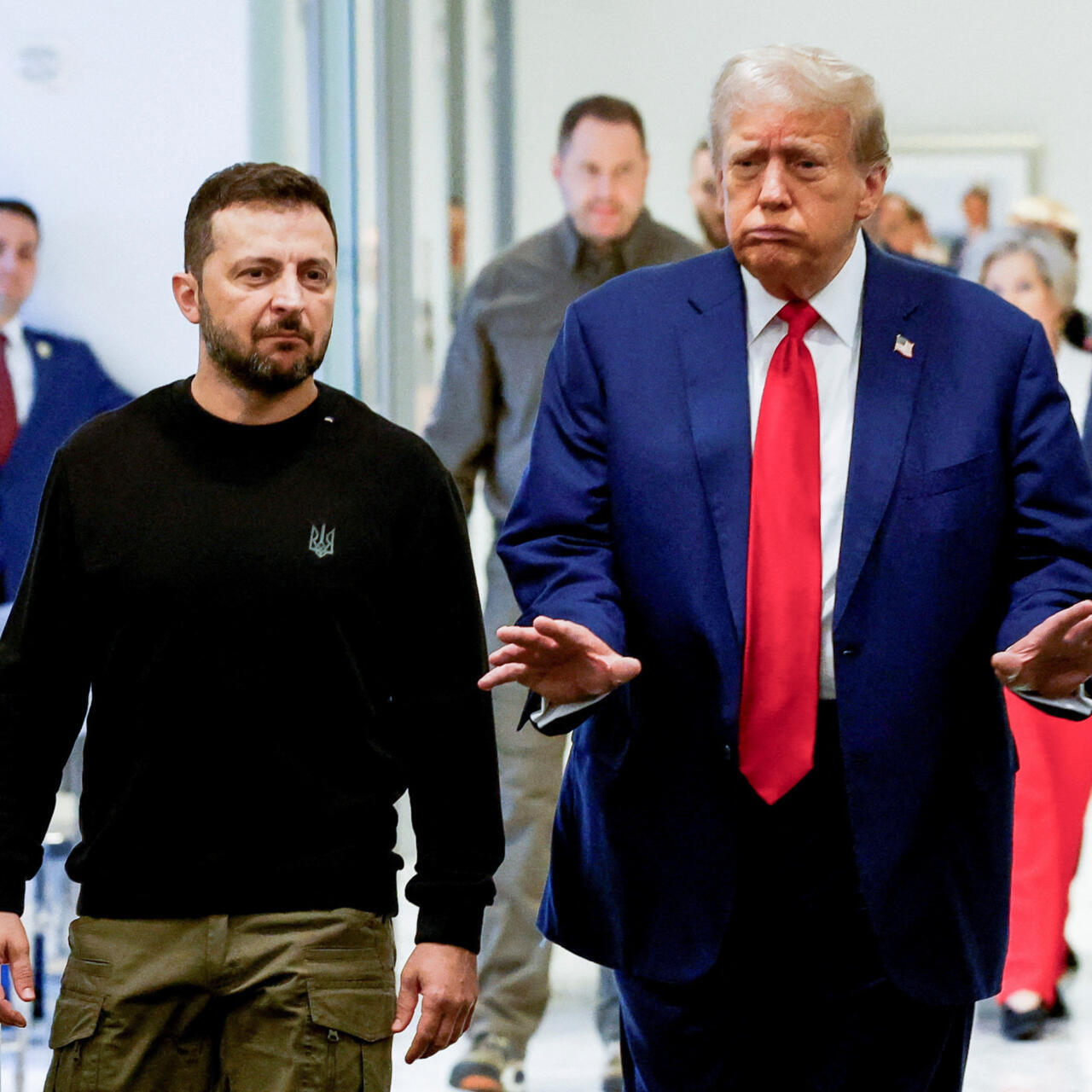U.S. and Ukraine Forge Game-Changing Drone Pact for Enhanced Defense Collaboration and Strategy

Exclusive: U.S. Eyes Ukrainian Drones in Landmark Security Exchange
Bilateral Agreement Signals New Phase in Defense Collaboration
Top-level discussions are underway between the leadership of the United States and Ukraine on a milestone security exchange. At the center of these talks lies a proposition: Washington would acquire advanced unmanned aerial systems proven in Eastern European conflict, and Kyiv would gain access to a broad range of American defense capabilities. This concerted effort aims to enhance both nations’ aerial technologies and redefine future military strategies for national and allied security.
In detailed conversations, both leaders have emphasized the transformative potential of such an agreement. The unmanned aerial vehicles on offer have played a pivotal role in countering large-scale offensive operations, operating effectively under the harshest battlefield conditions. Their deployment has reportedly resulted in successful strikes against high-value targets, demonstrating advanced penetration capabilities and remarkable operational range. In return, Ukraine would receive an array of American defense systems, augmenting its arsenal as it continues to navigate a protracted conflict scenario.
This exchange marks an inflection point in bilateral relations, drawing from the lessons of modern warfare as evident on the frontlines of Eastern Europe. For the United States, acquiring this technology represents an opportunity to update its unmanned aerial platforms which, according to multiple assessments, trail behind those of international competitors. Ukrainian officials and drone technology leaders have made clear that American operators stand to benefit from both the hardware and the know-how underpinning their battlefield success. Kyiv’s willingness to share its evolving doctrine and technology underscores a mutual commitment to strengthening collective defense capabilities.
Combat-Tested Technology and Knowledge Transfer
The proposed arrangement extends beyond a simple transfer of equipment. It promises a two-way flow of combat experience, technological expertise, and next-generation system development. As evidenced by recent operations, airborne and hybrid strike platforms from Ukraine have demonstrated unprecedented precision, with the ability to reach targets at considerable distances while evading sophisticated air defense infrastructure. These advancements, developed under intense pressure and urgency, have forged a practical edge that is attracting global attention.
Simultaneously, the United States is set to prioritize next-generation aerial systems and expand its investment in unmanned platforms. The planned agreement dovetails with emerging strategic doctrine focused on leveraging rapid innovation witnessed in contemporary warfare zones. Such a pivot comes at a critical moment, with analysts observing that American personnel, while proficient in traditional systems, require upskilling to adapt to the shifting realities of technology-driven conflict. Integrating hard-won insights from front-line partners is now viewed as indispensable.
Key military and industry voices stress that a transfer of technology is only part of the story; the operational knowledge amassed in real-world combat is core to the platform’s effectiveness. Ukrainian forces have not only developed advanced drones but have also refined tactics for both offensive strikes and defense against unmanned threats. Their willingness to share this expertise, not just the machines themselves, could position American and allied personnel at the forefront of global drone operations.
Broader Strategic and Industrial Implications
This initiative also reflects a shift in how nations perceive their broader security partnerships. Ukraine’s engagement with European allies, alongside the United States, highlights the emergence of a new transatlantic defense ecosystem centered on rapid innovation and interoperability. The global demand for effective unmanned solutions, fueled by recent battlefield successes, places Ukrainian industry at a strategic advantage, with countries from Western Europe to North America expressing interest in collaboration.
The integration of new tools and lessons learned is poised to influence long-term defense planning. For the United States, this move aligns with a strategy emphasizing smart investments in proven technologies, while for Ukraine, it secures key resources and support as it contends with ongoing security challenges. The agreement also comes at a time when defense budgets and priorities are under intense scrutiny, underscoring the value of rapid, adaptable, and effective solutions that have already demonstrated their worth on the field.
As negotiations proceed, both sides appear committed to forging a comprehensive partnership that extends beyond the transfer of hardware. By embracing a framework of mutual benefit and shared knowledge, this development has the potential to shape the trajectory of aerial warfare and redefine standards for allied defense cooperation. The readiness of Ukrainian experts to offer their battlefield-acquired experience, coupled with American industrial and technological synergy, lays the groundwork for a significant advance in unmanned systems integration.
Conclusion: A Defining Moment for Unmanned Defense Technology
The momentum behind this unprecedented security pact signals an era where combat-tested innovation and transatlantic partnership converge. With both sides bringing unique strengths to the table—one through real-world operational mastery, the other through unparalleled industrial capability—the arrangement stands as a model of strategic collaboration for 21st-century security challenges. The eyes of defense stakeholders worldwide are now turned to the progress of these talks, as the outcome could set new benchmarks for how modern alliances source, share, and adapt frontline technologies in the face of rapidly evolving threats.
